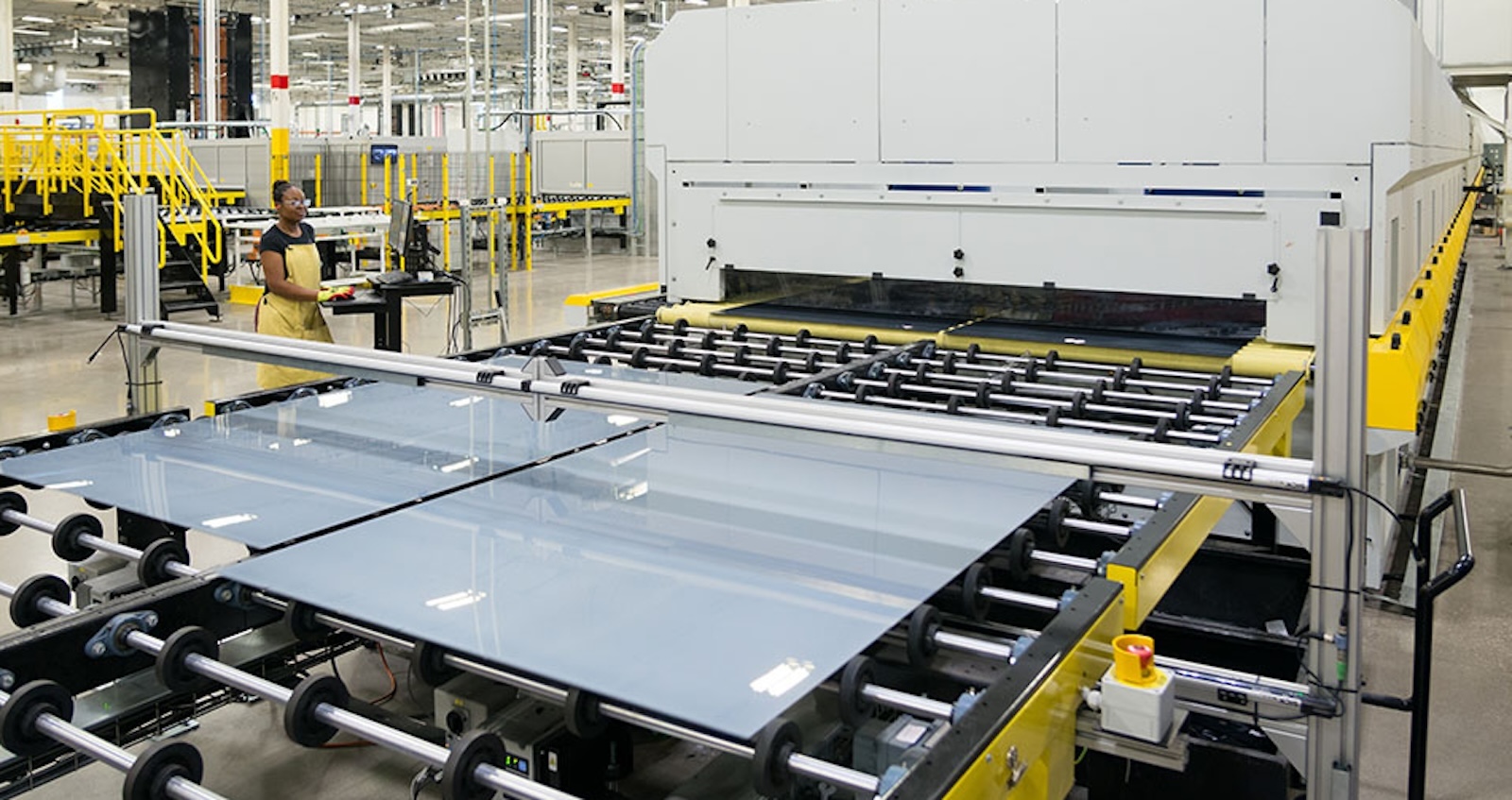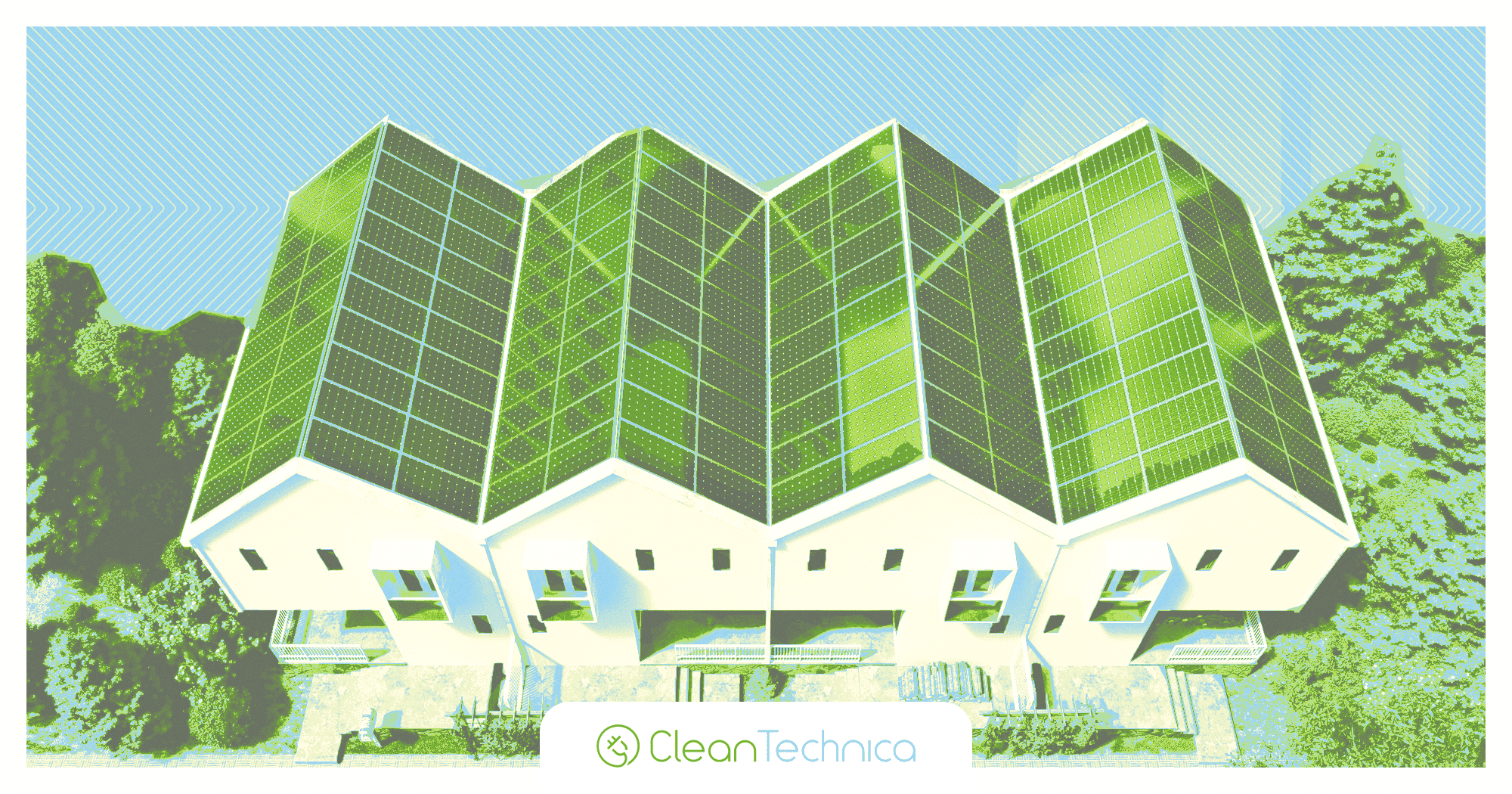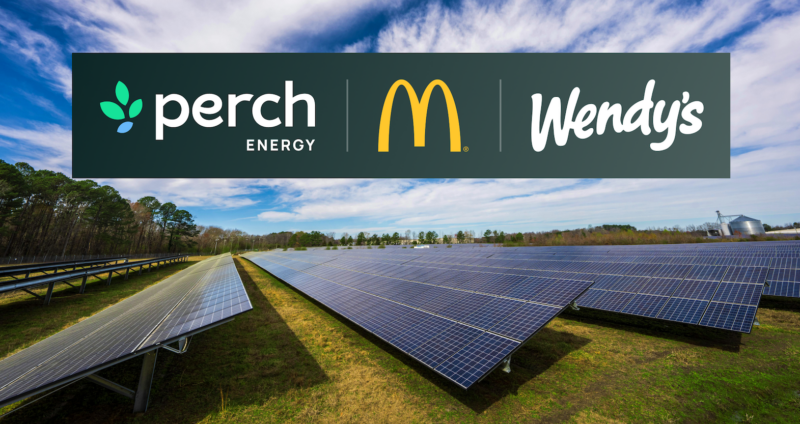PVT-assisted air-source heat pump based on phase-change tank
Scientists in China have designed a photovoltaic-thermal integrated air-source heat pump hot water system that uses a phase change tank to lower energy consumption and achieve higher power generation performance than conventional heat pumps. The system is designed to use water as a working medium and to provide circulation power for forced circulation.

Scientists in China have designed a photovoltaic-thermal integrated air-source heat pump hot water system that uses a phase change tank to lower energy consumption and achieve higher power generation performance than conventional heat pumps. The system is designed to use water as a working medium and to provide circulation power for forced circulation.
A research team from the Zhongyuan University of Technology in China has developed a new type of photovoltaic/thermal integrated air source heat pump (PVT-ASHP) hot water system coupled with a phase change material (PCM) tank that reportedly improves the system's heat storage capacity and stability.
“Our system has lower energy consumption and improved power generation performance compared to conventional heat pumps,” the research's lead author, Fang Wang, told pv magazine, noting that the proposed system could be particularly suitable for constrained residential buildings. “In addition, the annual value of the comprehensive cost of the system is reduced by 24.02% compared with the traditional system, showing lower operating costs and better economic benefits, and can maintain long-term stable operation under different climatic conditions.”
PCMs can absorb, store, and release large amounts of latent heat over defined temperature ranges. They have often been used at the research level for PV module cooling and the storage of heat.
In their simulations, the scientists assumed the system to use water as a working medium and to provide circulation power for forced circulation. Furthermore, they assumed that the hot water in the hot water collection tank and the PCM tank is evenly mixed, and water temperature in the water tank is uniform without temperature difference and stratification.
“To reduce the heat loss caused by the mixing of hot and cold water, a layered water tank without an internal heating device is used for the heat-collection tank,” they further explained. “The water tank is divided into six layers from top to bottom, and the water temperature of each layer is evenly distributed.”
As for the tank, they explained that heat flows into and out of it via two separate fluid streams, with one of the fluids being mixed with the storage fluid and the other performing the heat transfer via an immersion heat exchanger.
Using the orthogonal experiment method and range analysis method, the research group conducted a technical and economic analysis of the system performance and found it could achieve a coefficient of performance (COP) of 3.92, which is purportedly 18.07% higher than that of traditional sensible heat storage systems.
“The system showed the optimal combination of key parameters affecting the system performance such as hot water collection tank volume, PVT collector area, inclination angle and circulating flow,” Wang stressed.
“The comprehensive efficiency of the system could reach 76.28% under the optimal combination,” he said. “It significantly reduces energy consumption and improves power generation performance. In addition, the annual value of the comprehensive cost of the system is reduced by 24.02% compared with the traditional system, showing lower operating costs and better economic benefits, and can maintain long-term stable operation under different climatic conditions.”
The analysis also showed that the amount of domestic hot water provided by the PCM tank is proportional to the volume of the hot water tank, which means it decreases with the increase of PVT area and circulating flow rate. “The water supply temperature increases with the increase of PVT area, and it decreases with the increase of the circulating flow rate and tank volume. The water supply temperature increases first and then decreases with the increase of installation angle,” the scientists emphasized.
The proposed system was described in the study “Photovoltaic/thermal integrated air source heat pump hot water system with phase change tank,” published in Renewable Energy,
What's Your Reaction?






























































